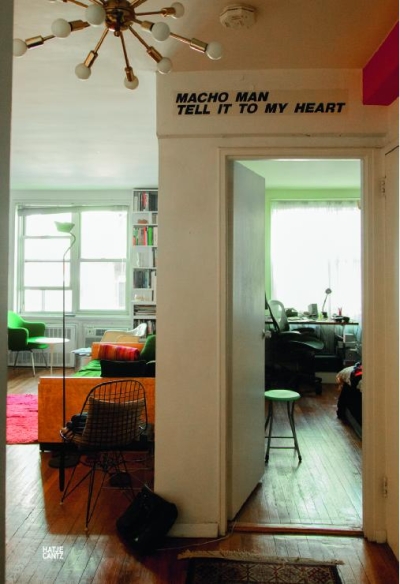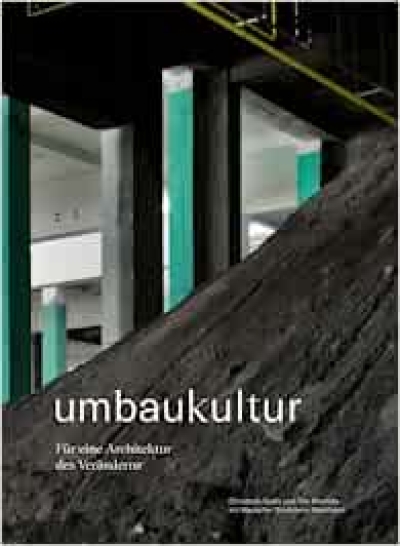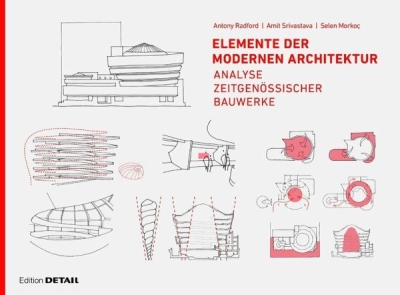
Tell It To My Heart
Die Amerikanerin Julie Ault (*1957) zählt zu den Gründungsmitgliedern von Group Material, einem New Yorker Künstlerkollektiv, das seit 1979 Ausstellungen und öffentliche Projekte in der Überzeugung organisiert, dass das Zeigen von Kunst ein politisches Ereignis ist. Ault arbeitet als Künstlerin, Kuratorin und Herausgeberin und hat eine eigene Kunstsammlung aufgebaut, die von ihrer visionären Praxis und verschiedenen Formen der Kollaboration gekennzeichnet ist: vom intensiven Dialog, von gemeinschaftlichen Projekten und Publikationen. Das Buch stellt die Sammlung vor und beinhaltet als erster von zwei Bänden eine kommentierende Werkliste sowie Fotos und Werke, die in Aults Wohnungen in New York und Kalifornien aufgenommen wurden. In Zusammenarbeit mit Ault und einer Gruppe von Künstlern und Kulturschaffenden konzipiert, spiegelt die Publikation zugleich das Potenzial des kollektiven Prozesses.
Erstmalige Präsentation der Sammlung Julie Ault, Kollektiver Prozess als Weg sowie Ziel der Kunst, mit Werkverzeichnis und persönlichen Notationen.
Die vorgestellten Künstler (Auswahl): Félix González-Torres, Jim Hodges, Sister Corita, Roni Horn, Tim Rollin & K.O.S., Andres Serrano, Nancy Spero, Wolfgang Tillmans
Hrsg. Martin Beck, Nikola Dietrich, Hein Peter Knes, Rasmus Rohling, Jason Simon, Scott Cameron Weaver, Danh Vo, Amy Zion, Julie Ault, Texte von Miguel Wandschneider, Julie Ault, Marvin J. Taylor, Scott Cameron Weaver
Julie Ault (*1957) cofounded the New York artists’ collaborative Group Material, which between 1979 and 1996, explored the relationship between art, activism, and politics through socially themed exhibitions and publicly-sited projects. Working both independently and collaboratively, Ault is an artist, curator, writer, and editor, wh0’s work emphasizes and celebrates the complex interrelationships between cultural production and politics. The collection of art Ault has assembled over the last 30 years is characterized by her visionary practice. This publication introduces the collection and, as the first of two volumes, includes a complete index of works along with detailed commentary from the diverse voices of the editors. In his essay, Marvin J. Taylor, engages his own experiences, impulses and thoughts on the notion of archiving and collecting. Photographs from Heinz Peter Knes show the works of art in Ault’s homes in New York and California.

































































































